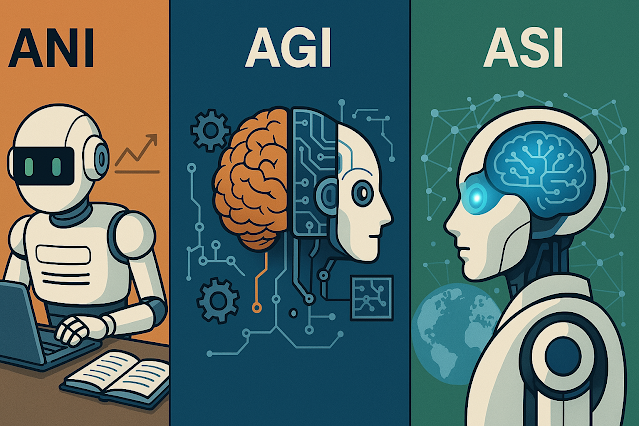Google Opal: The No-Code AI App Builder Turning Ideas into Reality
In a world where technology is rapidly advancing, the ability to create custom applications has often been limited to those with coding expertise. Google is aiming to change that with Opal, an experimental no-code AI app builder from its Google Labs division.
💡What is Google Opal?
At its core, Google Opal is a tool designed to translate your ideas into simple, shareable web applications without writing a single line of code. Launched as a public beta in the United States, Opal empowers anyone especially non-developers to build, edit, and share functional “mini-AI apps” using nothing more than plain language and a simple visual editor. It targets “citizen developers,” business professionals, educators, creatives, and anyone with a great idea but no programming background. The goal is to make AI accessible and useful for rapid prototyping and automating everyday tasks.
⚙️How Does Google Opal Work?
1️⃣Describe
It all starts with a prompt. A user types a natural language description of what they want the app to do. For example: “Create a tool that generates a professional cover letter from a pasted job description and resume.”
2️⃣Create
Opal’s AI engine parses this prompt and automatically translates it into a visual, step-by-step workflow diagram, making the app’s logic transparent and fully editable.
3️⃣Share
Once you’re happy, you can publish it with a single click. Opal generates a unique web link that you can share with anyone with a Google account to use your creation instantly.
🌟Key Features & Benefits
- No-Code AI: Build sophisticated, AI-powered apps without any programming knowledge.
- Visual Workflow Editor: See, understand, and control every step of your app’s logic in a clear, editable diagram.
- Instant Publishing: Share your creations effortlessly via a unique web link.
- Remixes and Gallery: Opal fosters a community of creators. You can browse a gallery of apps and “remix” them copying their workflow to edit, improve, and make it your own.
- Rapid Prototyping: Quickly build and test ideas for business, productivity, education, or creative projects.
⚠️Limitations to Keep in Mind
- Availability: It is currently available only in the United States.
- Experimental Status: Features, performance, and stability may change rapidly. It’s designed for experimentation, not for critical, enterprise-grade business processes.
- No Custom Domains: While workarounds exist, there is no native support for publishing apps to a custom domain at launch.
🚀Practical Use Cases
Content Creation Pipelines: Design workflows to generate blog posts, headlines, and social media snippets.
Summarization & Translation: Build tools to summarize meeting notes and translate them into different languages.
Project Management: Automate follow-up emails, status updates, and reports.
Educational Tools: Create interactive explainers that simplify complex scientific topics.
🔮Market Position and the Future
Google Opal is part of a growing trend of “vibe-coding” tools-platforms like Canva, Figma, and Replit that are democratizing software creation through natural language and intuitive visual interfaces. By removing the barrier of code, Opal makes the power of AI accessible to a much broader audience, fostering a new wave of innovation from citizen developers. While it’s still in its early stages, Google Opal represents a significant step toward a future where everything with a good idea can build the tool they need to bring it to life.

